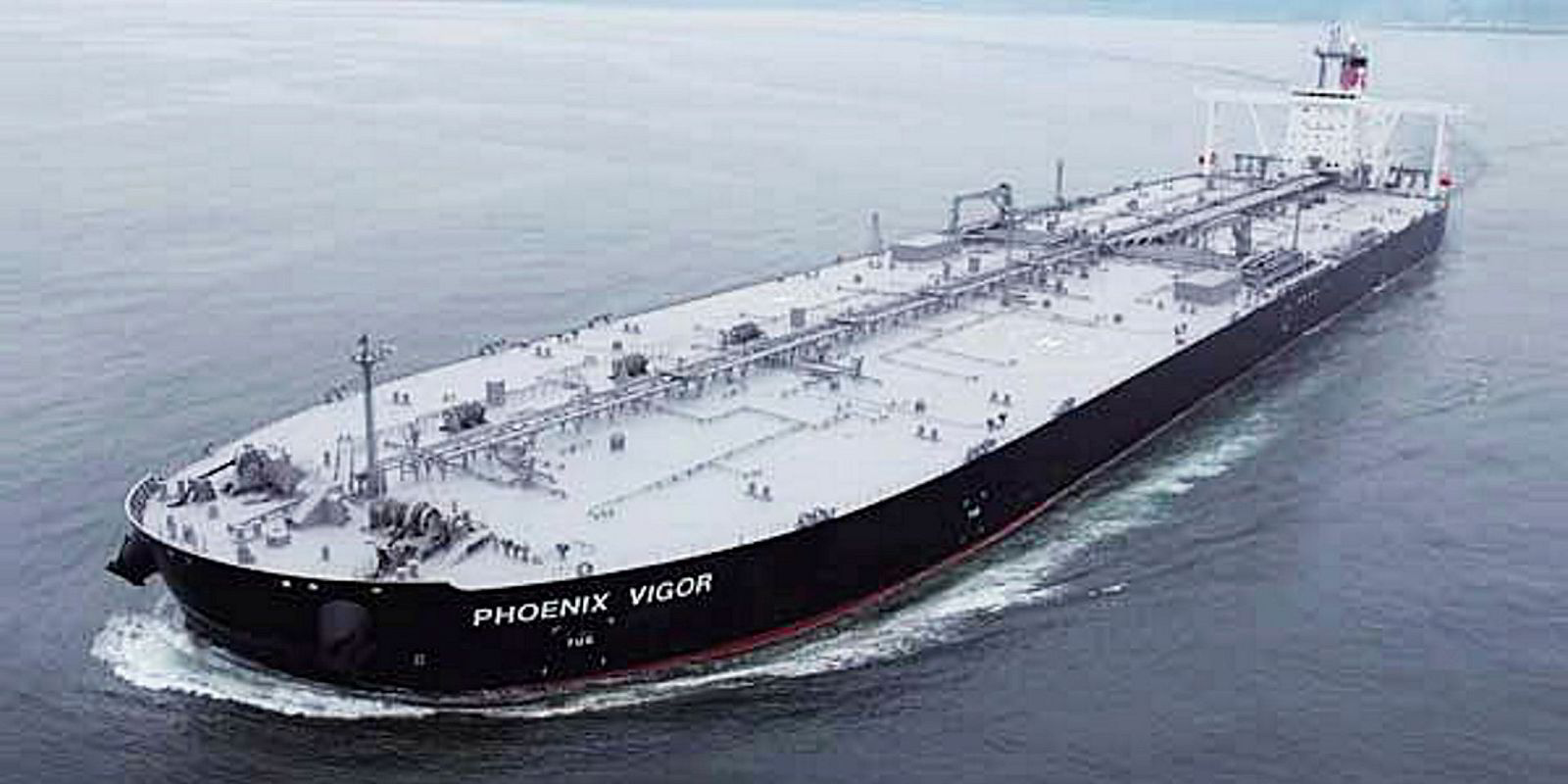Does the container market hold lessons for a recovery in the car carrier sector? The pure car/truck carrier (PCTC) market turned a decisive corner last year as cargo demand staged a recovery, with ceu demand expanding by more than 4% following a contraction in 2016. Fleet growth, meanwhile, slowed to less than 2% and the scene was set for an increase in sector employment and earnings.
But while the employment rate increased from 80% to 84%, time charter rates moved in reverse, declining on average by nearly 7%. Although this appears counter-intuitive, a number of factors viewed in conjunction go some way to explaining this development.
First, the contracting arrangement between cargo interests and operators on a contract of affreightment (COA) basis locks in freight rates for an extended duration. Those rates will come under pressure during periods of excess supply and strong competition. As the market balance improves, it may take time for this to filter through to freight rates because of the lock-in effect of COAs.
Post-cartel era
In the post-cartel era, some cargo interests have sought to punish operators for profiteering, negatively affecting rates. (Ironically, some of the same cargo interests are themselves under investigation for collusion in the diesel emissions scandal.)
The break-up of the cartel has also led to greater competition among existing players, as well as opportunities for new entrants to gain a foothold, at least on some trades.

Some operators have adopted a market share mindset, willing to pursue new business and renew existing business at any cost. Parallels can be drawn with the container market and the disastrous effect a market share strategy can have on profitability.
With freight rates in the basement, operators have been reluctant to commit to charters. Fortunately, the large pool of charter-free tonnage has allowed them to dip in and out of the spot charter market, topping up capacity to fill short-term positions when required.
Some operators have adopted a market share mindset, willing to pursue new business and renew existing business at any cost. Parallels can be drawn with the container market and the disastrous effect a market share strategy can have on profitability
Some observers would argue that freight and charter markets are distinct and can, therefore, move in opposite directions. However, as we have seen before in the container sector, while charter rates and freight rates can diverge in the short term, they will ultimately converge in the medium term.
Analysis of rates
Given the similarities between the respective structures of the containership and PCTC markets, it is worth examining the relationship in more detail. Maritime Strategies International (MSI)’s analysis reveals that over an 18-year period, box freight rates and time charter rates have diverged for no more than two consecutive quarters.
The lack of transparency in the PCTC market makes it much harder to perform a similar level of analysis, and the validity of the data points must be regarded with a little more caution. However, based on our analysis of the relationship between freight and time charter rates over an eight-year period, these have diverged in direction for no more than three consecutive quarters.
So where does that leave our time charter forecast?
Operators are pushing hard to improve freight levels, and tighter tonnage availability should bring cargo interests to the negotiating table to ensure their cargo is lifted. This will in turn support the financial viability of bringing in tonnage on charter, or committing to newbuildings.
Surplus tonnage
However, although surplus tonnage in the market was limited in the second quarter, with brokers reporting no open ships, that position reversed in the third quarter, with estimates of open capacity ranging between 15 and 20 vessels (MSI counted 17 idle vessels as of mid-September).
Though some of this surplus will be absorbed in the fourth quarter, clearly the prevalence of open tonnage will also continue to undermine the freight market recovery in the near term. Without a meaningful recovery in freight rates, time charter rates are unlikely to muster any significant improvement other than in short-term bursts.





